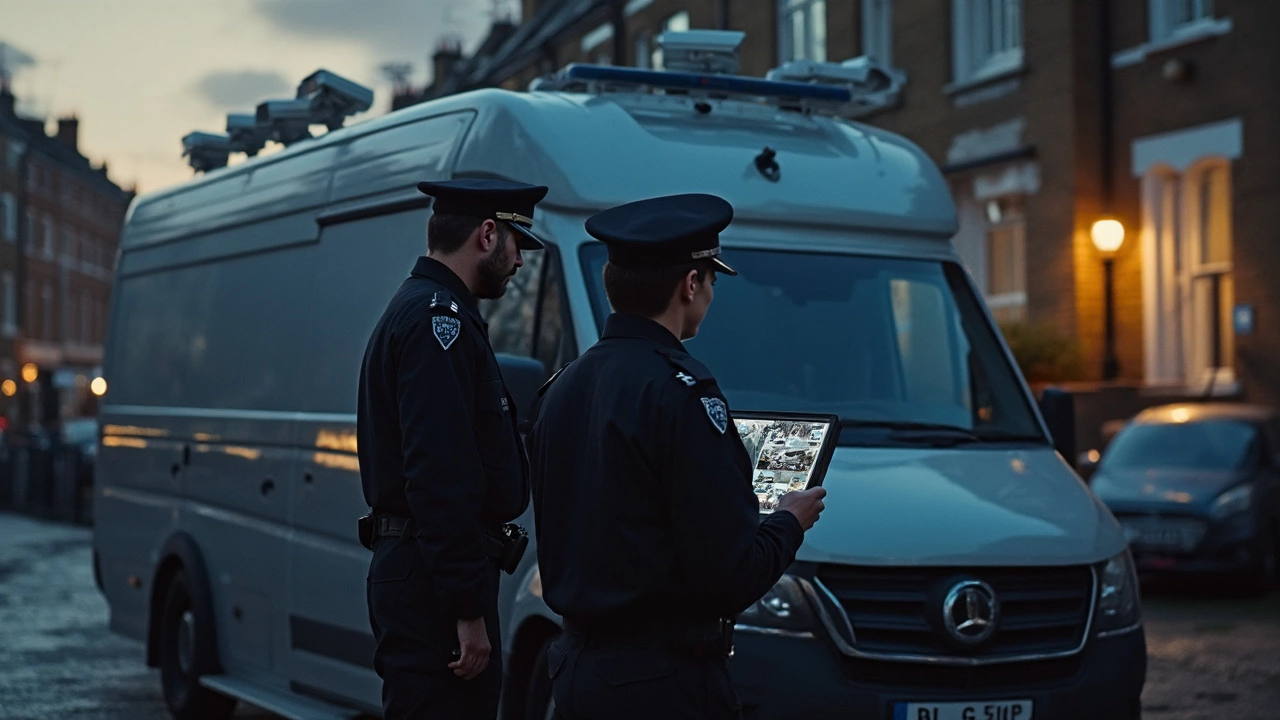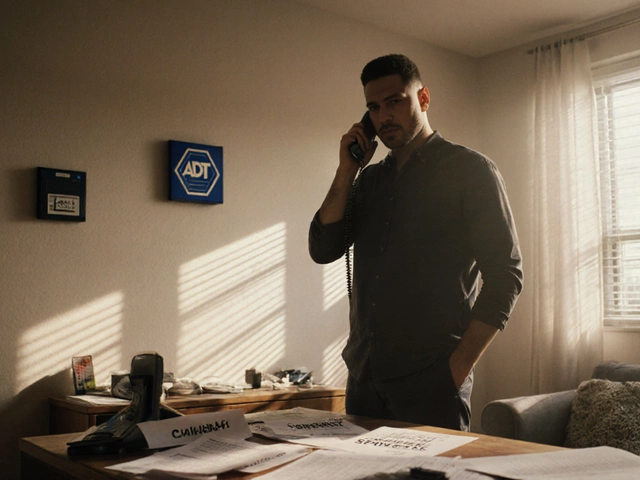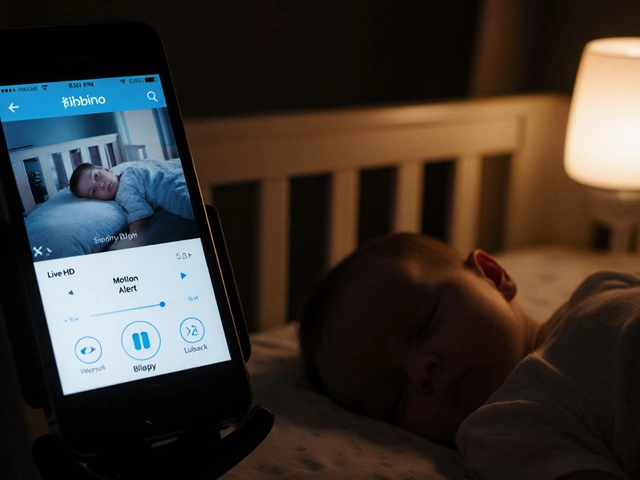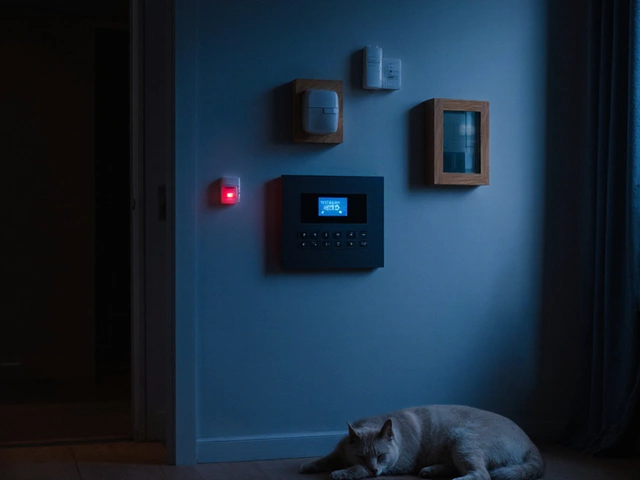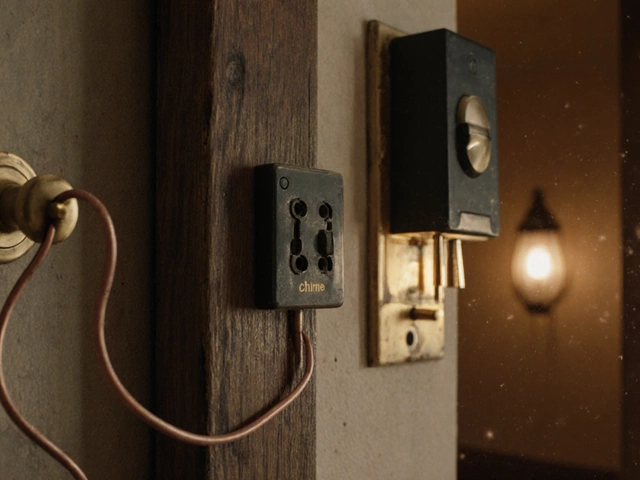Police Surveillance and Your Home Security: What You Need to Know
Ever wonder why police cameras seem to be everywhere? From street lamps to neighborhood watch apps, surveillance is a big part of modern policing. It can help catch criminals fast, but it also raises questions about what it means for you at home. Below we’ll break down how police use surveillance, what tools you already have, and simple steps to keep your house safe without feeling watched.
How Police Use Surveillance Technology
Most police forces rely on a mix of fixed CCTV, body‑worn cameras, and license‑plate readers. Fixed cameras sit on traffic lights, shop fronts, or public parks and stream video to a central hub. When a crime is reported, officers can pull up footage within seconds. Body‑worn cams give a first‑hand view of an officer’s actions and are often required by law to be turned on during stops.
License‑plate readers scan every passing vehicle and match plates to databases. If a car is flagged as stolen or linked to a crime, police get an alert. All this data is stored for a set period—usually 30‑90 days—before it’s automatically deleted, unless it’s needed for an investigation.
In residential areas, police sometimes partner with private security firms that run community CCTV networks. Homeowners can grant access to their own cameras, letting police view live feeds during emergencies. This can be a lifesaver when a break‑in is in progress, but it also means you need to control who sees your footage.
Keeping Your Home Safe Without Overstepping Privacy
If you already have a video doorbell or a home CCTV system, you’re part of the surveillance picture. The good news is those devices give you control. A smart doorbell records every visitor and can send alerts directly to your phone. If you notice suspicious activity, you can share the clip with police without giving them permanent access.
Make sure your devices are set up with strong passwords and two‑factor authentication. Weak passwords are an easy entry point for hackers, and a compromised camera can become a privacy nightmare. Regularly update firmware to close security gaps.
Consider where you point cameras. Aim them at doors, driveways, and the perimeter, but avoid filming neighbors’ windows or public walkways. Over‑recording can lead to complaints and even legal trouble under UK surveillance laws.
When police request footage, ask for a clear reason and a time limit. You can grant temporary access through a secure portal that expires after the case is closed. This keeps you in charge of your data while still helping the investigation.
Finally, don’t rely on tech alone. Good lighting, sturdy locks, and a trusted alarm system are still the backbone of home security. If you’re interested in a monitored alarm, check out providers that offer 24/7 response without needing a phone line—many modern systems work over cellular or internet connections.
Balancing safety and privacy is a daily decision. By understanding how police surveillance works and using your own smart devices wisely, you can protect your home and stay comfortable with the level of monitoring you allow. Stay alert, keep your tech updated, and you’ll have peace of mind without feeling like you’re under constant watch.

